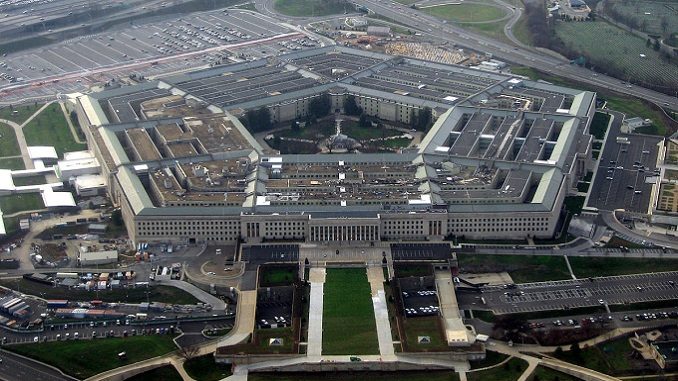
The Pentagon has already started working on building new missiles, shortly after President Donald Trump announced that his administration would exit the 1987 Intermediate-Range Nuclear Forces Treaty with Russia because of violations by Moscow.
“We will commence fabrication activities on components to support developmental testing” of conventional, ground-launched missiles, Pentagon spokesperson Lieutenant Colonel Michelle Baldanza said in a statement, adding that the activities would have otherwise violated U.S. obligations under the arms-control agreement.
She stressed, however, that the missile was non-nuclear.
“This research and development is designed to be reversible, should Russia return to full and verifiable compliance before we withdraw from the Treaty in August 2019,” Baldanza also said.
The Pentagon began researching concepts for the missile back in 2017 in response to Russian missile activities, but the spokeswoman said the research was compliant with the treaty. At the beginning of this month, the Kremlin said it was also suspending the implementation of the INF Treaty.
The development and deployment of the SSC-8/9M729 ground-launched cruise missile by Russia has long been seen by the United States and NATO allies as a violation of the agreement.
Russia is “overhauling its nuclear forces—including those that threaten European territory, such as the dual-capable, Intermediate-Range Nuclear Forces (INF)-violating SSC-8/9M729 ground-launched cruise missile,” General Curtis Scaparrotti, the head of U.S. European Command, said in a statement provided to Congress earlier this month.
He added that by violating the INF Treaty, Russia sought to gain “advantage over the U.S. and its European allies,” allowing it at the same time to develop “capabilities that the United States continued to forego.”




Be the first to comment